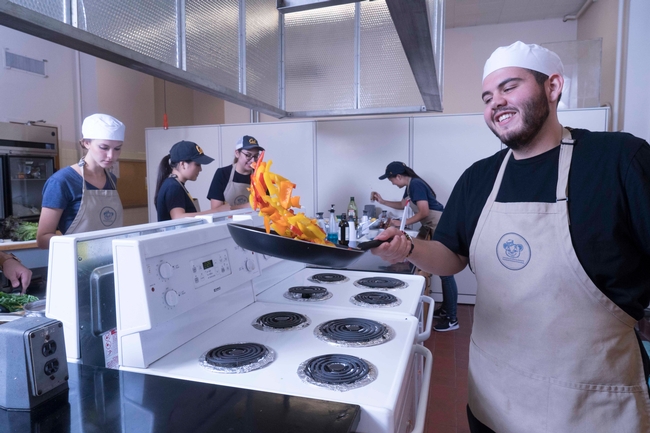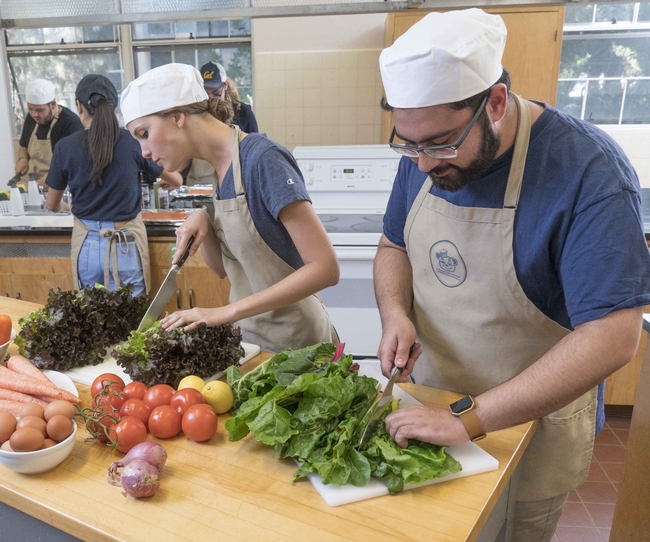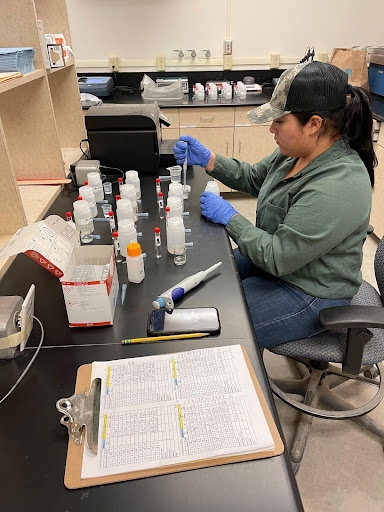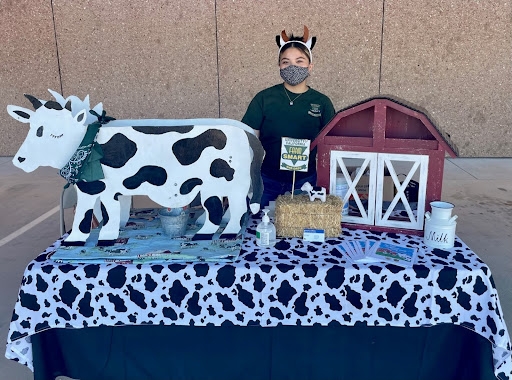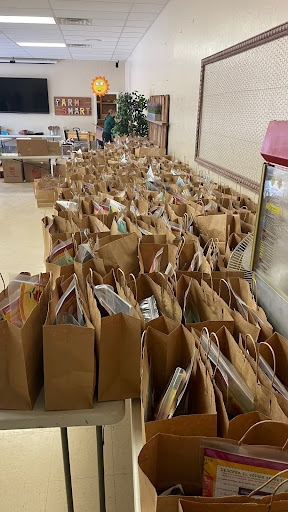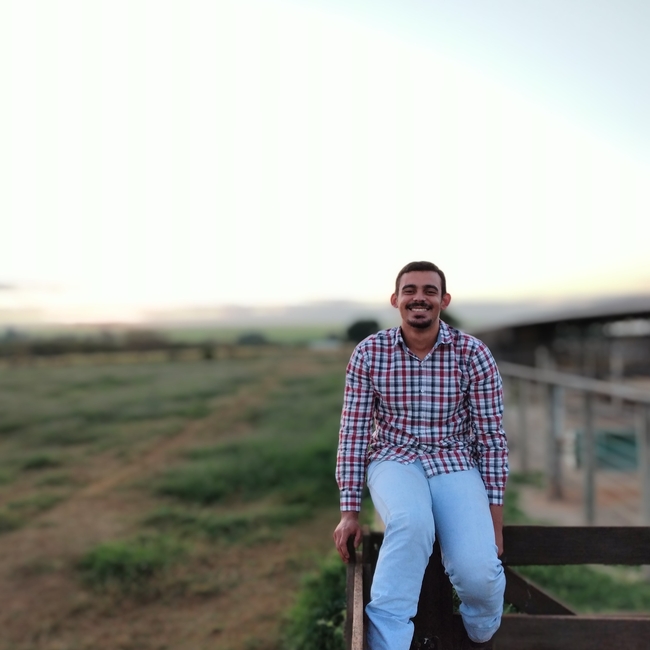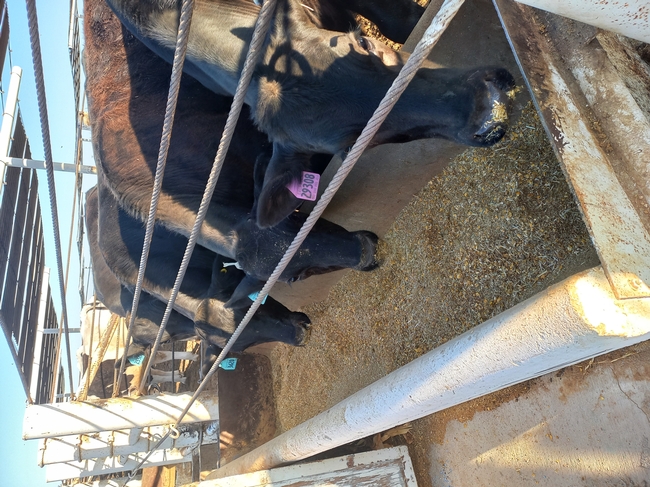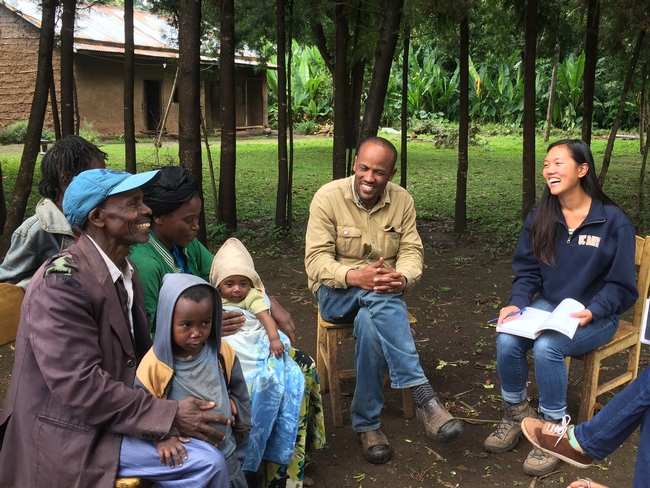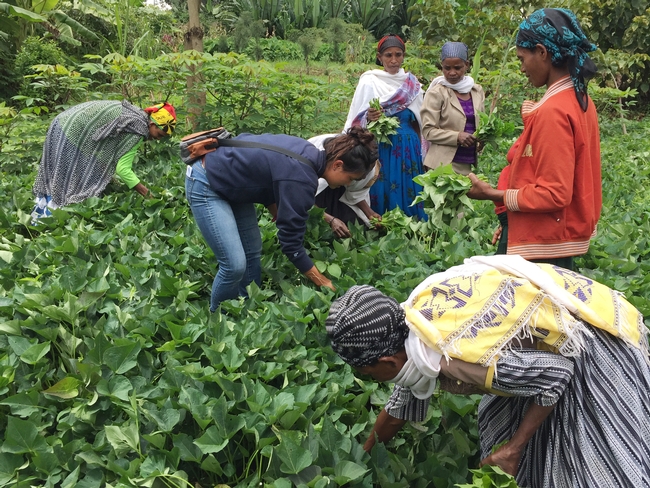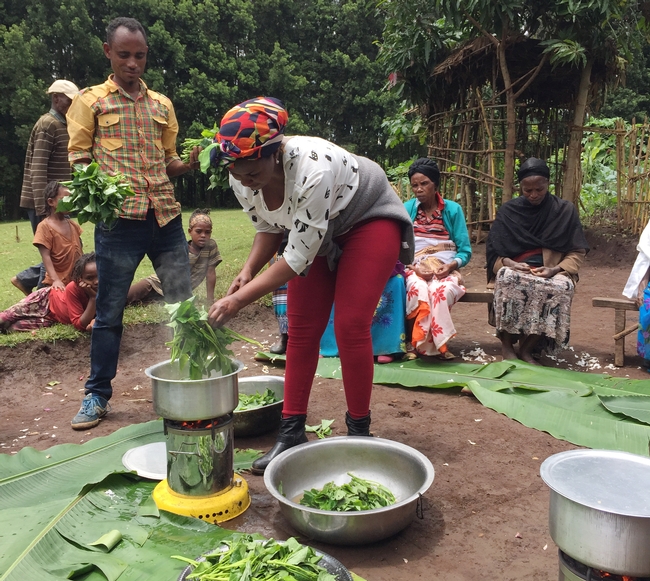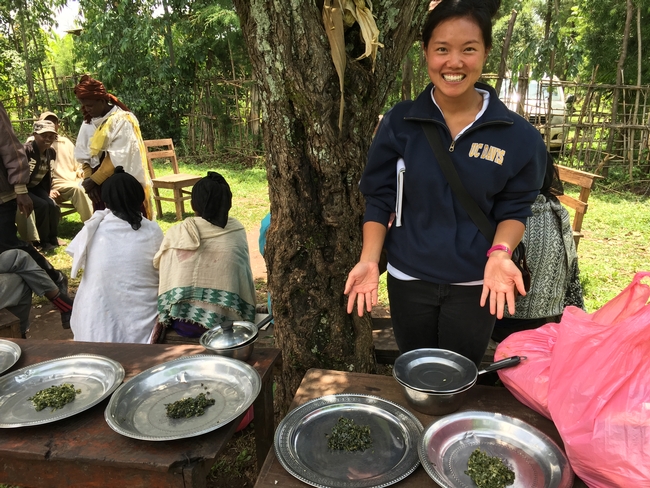Posts Tagged: students
Teaching Kitchen course helps improve college students’ food security
Cooperative Extension researcher: Nutrition course a boon for UC Berkeley students
College students across the nation are struggling to meet their basic food needs. Within the University of California system of 280,000 students, 38% of undergraduate students and 20% of graduate students report food insecurity.
As part of the UC Global Food Initiative, in 2015 the Nutrition Policy Institute (a UC Agriculture and Natural Resources statewide research center) identified student food insecurity as a UC systemwide problem, prompting the UC Regents and campuses to collectively address the issue.
All 10 UC campuses now have on-site basic needs centers, providing food, emergency housing and support services. The UC system and campus working groups recognize that meeting basic needs, such as food, is a multidimensional challenge.
In response to the 2022 White House Conference on Hunger, Nutrition, and Health, which called for national efforts to reduce diet-related disease and food insecurity, UC renewed their commitment to cut the proportion of students facing food insecurity in half by 2030. Campuses will partner with local counties to maximize enrollment in the Supplemental Nutrition Assistance Program (also known as CalFresh in California), provide food for students who do not qualify for CalFresh, and allocate campus food resources to historically underserved student populations.
NPI's collaborative researchers continue to monitor the impact of these efforts, in addition to other interventions, such as supporting students in building basic culinary skills, to improve food security. One multipronged approach to address food insecurity at UC Berkeley is a 14-week course on Personal Food Security and Wellness with a Teaching Kitchen laboratory component.
Sarah Minkow, who teaches the Personal Food Security and Wellness course at UC Berkeley, shared that students learn about nutrition and gain culinary skills through the Cal Teaching Kitchen.
The curriculum is designed with consideration for the time, cost and convenience of healthy eating. Discussions include food safety, calculating nutrient needs, mindful eating and reading nutrition labels. The Teaching Kitchen laboratory brings the lessons to life through knife skills, “no-cook” cooking, microwave cooking and sheet pan meals.
Minkow enthusiastically highlighted her students' “overwhelmingly positive [response to the] lecture and lab,” suggesting the benefits of an interactive learning environment to garner student engagement.
“Students often give feedback that they wish this was a required course for all UC Berkeley students,” said Minkow. She noted one barrier to reaching more students: capacity of the Teaching Kitchen space.
Susana Matias, a Cooperative Extension specialist at the UC Berkeley Department of Nutritional Sciences and Toxicology and collaborative researcher with the NPI, evaluated the impact of the Personal Food Security and Wellness course at UC Berkeley.
Matias reported that increasing food literacy and culinary skills among students has shown to increase intake of fruits and vegetables, and frequency of cooking, and reduce the number of skipped meals. Her study on the impact of the 14-week nutrition course also found a significant decrease in student food insecurity.
Across the UC System, students are benefiting from their campus Teaching Kitchens, including UC Berkeley, UC Davis, UCLA and UC Riverside. Other campuses such as UC San Diego, UC San Francisco, UC Santa Cruz and UC Santa Barbara offer basic student cooking classes as well.
Katherine Lanca, UC Global Food Initiative fellow working with NPI, attended the 2022 Teaching Kitchen Research Conference as part of her fellowship to learn about the latest research on teaching kitchens supporting equitable health outcomes.
The conference was hosted at UCLA by Harvard T.H. Chan School of Public Health Department of Nutrition in association with the Teaching Kitchen Collaborative. Teaching kitchens are a promising approach to supporting food security and cultivating lifelong habits, especially among a college student population.
Desert Research and Extension Center hosts international agriculture student interns
Caring for feedlot cattle, examining onion irrigation practices, and teaching preschoolers about agriculture are not part of the typical college curriculum. But for Desert Research and Extension Center's five college student interns, these activities are what fill their days.
Located on 255 acres of Southern California desert, DREC focuses on advancing irrigated desert agriculture, livestock and feedlot management, and pest management. It is also home to the Farm Smart agricultural education program, reaching approximately 7,800 participants annually.
In February, DREC welcomed the college student interns - creative thinkers working at the intersection of experimental research and agriculture education. During the internship, the students are working on-site under the mentorship of academics and staff members on applied projects. After years of COVID restrictions, the center is excited to welcome the students in person for hands-on engagement with the research and the public.
"Hosting students at DREC helps us to fulfill our mission while training the next generation of professionals," says Jairo Diaz, Director of DREC. "I am particularly motivated to provide experiential learning activities to underrepresented groups in agriculture and STEM careers."
Read on to learn about each of these budding agronomists.
Dianely Alba
Dianely Alba is majoring in agronomy at the Universidad Autonoma de Baja California, Mexico (This university is about 20 miles south of DREC). She is working under the mentorship of Jairo Diaz-Ramirez on a project focused on improving irrigation and nutrient management practices in onion production in Imperial County.
Melina Munoz
Melina Munoz is a student at Imperial Valley College studying elementary education. She is an intern for DREC's Farm to Preschool Festival. Munoz is in charge of developing and translating activities, planning and implementing the festival, and data entry for participant registration and evaluation information.
Lester Nolasco
Lester Nolasco grew up on a farm in Honduras, so he has been involved with animals and agriculture from a young age. He is working under the mentorship of Pedro Carvalho, the Feedlot Management Specialist. Nolasco is currently working on feedlot cattle management and beef cattle nutrition.
“Although my passion is cattle, when you work with these animals, you indirectly learn about agriculture and crops in general because that is also an important part of cattle nutrition,”says Nolasco. Alongside the other feedlot management interns, Nolasco feeds animals, cleans pens, mixes feed, weighs cattle, and does lab work. “It is such a nice experience for me because I had only worked with dairy cattle in the past and this internship is teaching me a lot. I would like to learn as much as I can about beef cattle nutrition. Hopefully, in the future, I will be a professor and share the knowledge I have learned with other professionals back in my country.”
Heitor Otávio Martins de Oliveira
Heitor Otávio Martins de Oliveira has worked with animals throughout his life, starting with his parents' farm. He attended veterinary school, where he continued to learn about agriculture. At DREC, Otávio Martins de Oliveira is working on beef cattle nutrition management. In addition to daily maintenance tasks, he weighs the cattle monthly and provides any necessary treatments.
“I would like to get as much knowledge as I can about nutrition in the USA and then return to my home country of Brazil to work there,” says Otávio Martins de Oliveira. “Maybe I will get a master's degree related to reproduction in cattle.”
Willi Meireles
Willi Meireles was introduced to Carvalho by his professor in Brazil. He is working on evaluating the use of feed additives to increase the performance of feedlot cattle.
“My grandparents own a farm where beef cattle are raised, so since I was a child, I have worked with animals and always liked animal science,” reflects Meireles. “I intend to specialize in ruminant nutrition and, after working hard, be able to have my own beef cattle.”
Trying leafy greens from a sweet potato plant
This time of year, it can be hard to resist the pull of sweet potatoes — roasted, mashed with butter, and topped with a combination of delectable treats from maple syrup to pecans to marshmallows. But did you know that the green leaves of the sweet potato plant also have the potential to be a tasty, nutritious food?
In Ethiopia, where sweet potatoes can be a staple crop, UC Davis graduate student Lauren Howe recently helped farmers taste test the leaves and consider this familiar crop in a new culinary light.
Watch a video to learn how to prepare sweet potato leaves:
The leaves of this drought-tolerant plant offer farming households there an alternative — and nutritious — food in the lean season, while they are waiting for its starchy, tuberous roots to be ready to eat. Introducing sweet potato leaves as a food option is intended to help farmers better diversify their families' diets, to include a wider variety of vegetables in addition to staple foods, especially during the dry season.
Lauren shared her experiences in Ethiopia on the Agrilinks website, where she recently won the Agrilinks Young Scholars blog contest with her writing and a short video from the field.
Boots on the ground with sweet potato farmers in Ethiopia
Lauren traveled to Ethiopia this summer to work with an organization called Send A Cow Ethiopia (SACE), on a Trellis Fund project. As part of the Horticulture Innovation Lab, each Trellis Fund project connects an organization in a developing country with a grad student from a U.S. university, to work together to benefit local farmers, while building the capacity of both the local organization and the student.
In Ethiopia, SACE helped Lauren better understand local contexts by connecting her with farming households to interview about their current farming practices and the role of sweet potatoes in their diets.
Later they traveled to meet with a group of about 25 farmers in the Ukara community to harvest leaves, cook together and discuss their perceptions of the leaves as a vegetable option.
Reflecting on taste tests, new foods, and rural communities
Lauren's own passion for food and witnessing how food can help build community is an important part of her reflection on this experience:
"This project is about creating tasty dishes to persuade people about the nutritional benefits of a new ingredient. It is gathering families, friends and neighbors to sit down to a communal meal (already a strong Ethiopian practice), breaking bread together, sharing stories, experiences and hopes for the future."
For more, go read the rest of Lauren's blog post and check out her short video too.
Background and related international agricultural research
Lauren's experience with a Trellis Fund project in Ethiopia was supported by the Horticulture Innovation Lab, a research program led by Elizabeth Mitcham of the UC Davis Department of Plant Sciences, with funding from the U.S. Agency for International Development. With a focus on fruit and vegetable innovation, the Horticulture Innovation Lab seeks to empower smallholder farmers in developing countries to earn more income and better nourish their communities — as part of the U.S. government's global Feed the Future initiative.
Past research from the Horticulture Innovation Lab has focused on other leafy greens, specifically African indigenous vegetables, and also on sweet potatoes themselves (orange-fleshed sweet potatoes, that is). Though the program has not done in-depth research on sweet potato leaves for human consumption beyond this small Trellis Fund project, you can find more information about eating sweet potato leaves and tips in this bulletin from the University of Arkansas Cooperative Extension, and a wealth of information about sweet potato farming and gardening from the University of California Vegetable Research and Information Center.
Related Food Blog posts:
- New reason to give thanks for sweet potatoes
How orange-fleshed sweet potatoes are making a difference in some African countries - More African indigenous vegetables on more plates
A brief look at some leafy greens popular in Eastern Africa - Connecting with farmers over pineapple postharvest practices
Another Trellis student experience with a video - ‘Local' farm inspiration from half a world away
A UC Cooperative Extension specialist reflects on his time as a Trellis student
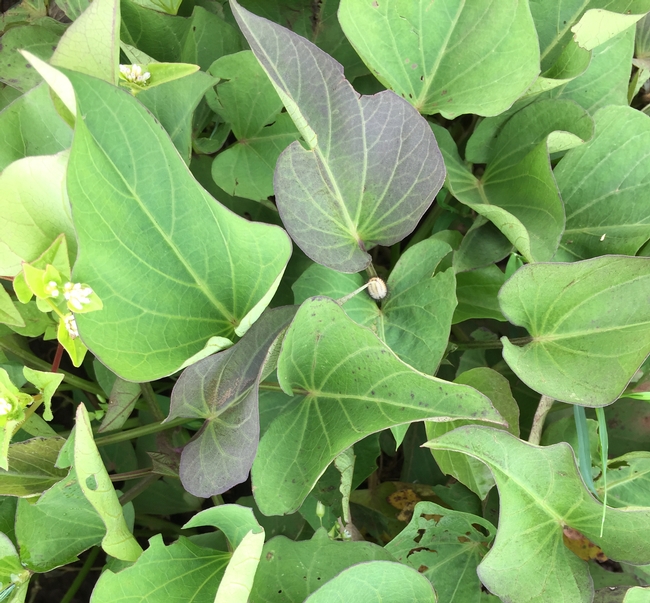
Sweet potato leaves in Ethiopia - Horticulture Innovation Lab photo by Lauren Howe/UC Davis
Students' olive-oil fraud buster wins international prize
The award was presented to the Aggie inventors during the finals of the three-day global iGEM (International Genetically Engineered Machines) competition in Boston. The competition, this year featuring 245 teams from Asia, Europe, Latin America and North America, challenges student teams to design and build biological systems or machines and present their inventions in the international competition.
The students had spent several months designing and building the palm-sized biosensor, which they dubbed OliView. The biosensor is equipped to quickly and easily evaluate the chemical profile of oil, providing producers, distributors, retailers and ultimately consumers with an effective, inexpensive way to ensure olive oil quality.
Verifying olive oil quality is a concern for consumers – many of whom are willing to pay higher prices for the health benefits and flavor of true, extra-virgin olive oil. And honest olive oil producers want to prevent other producers from passing off sub-par olive oil as the real deal, while retailers, distributors and producers want a quick, easy way to ensure olive oil quality.
In addition helping detect fraudulent olive oil, the students' new biosensor will also monitor for good oil that may have gone rancid with age.
The team of undergraduate students included Lucas Murray, Brian Tamsut, James Lucas, Sarah Ritz, Aaron Cohen and Simon Staley, with Yeonju Song serving as the “shadow” or alternate team member. You can tune into Aaron Cohen's recent Nov. 6 Science Friday interview during a discussion of synthetic biology.
The full story and a brief video about the new olive-oil biosensor and this stellar team of young inventors are available at: http://news.ucdavis.edu/search/news_detail.lasso?id=11076.
Reports on olive-oil quality are available at the web site of the UC Davis Olive Center at: http://olivecenter.ucdavis.edu/research/reports.
UC Davis tomatoes provide year-round healthful eating for college students
At the same time, chefs and food buyers at universities, particularly the University of California, are selecting for high-quality fruits and vegetables, produced locally and sustainably. Universities with strong food sustainability programs are rightfully proud of what they're doing to educate students about food production, health, and nutrition. UC Davis Dining Services prioritizes the purchase of locally grown food (ideally within a 50-mile radius of campus). Most University of California campuses have similar programs.
At UC Davis, fresh roma tomatoes are picked each August from the 300-acre Russell Ranch, part of the campus's Agricultural Sustainability Institute, then processed within hours by campus Dining Services to provide year-round tomato sauce for pizza, pasta, and ratatouille. All told, 10,000 pounds of tomatoes are processed during a two-week period in August. About 29 percent of the total food served in the campus's residential dining halls is from local, organic or sustainable sources.
The tomatoes grown at Russell Ranch are part of a long-term academic research project that examines factors such as farming methods, irrigation needs, crop rotations, yield, and nutritional content. At the end of the growing season, some of the many tons of tomatoes are purchased by Dining Services at market value.
Emma Torbert, an academic coordinator at the UC Davis Agricultural Sustainability Institute, noted, “Connecting the food system to the research is really interesting. A lot of times there is confusion about where our food is coming from. The more people are educated, the more educated decisions they can make.”
Many UC Davis faculty and staff are so impressed with the food choices at the dorms that they purchase individual meal tickets and enjoy lunches made with the campus-grown tomatoes, herbs, and other vegetables, all of which are part of the daily food array. Public dinners are also offered periodically at the dorms so that community members can sit amongst students to taste and learn about the sustainability programs in the dorms.
Additional Information:
- Video: Farm to Table, UC Davis Tomatoes; 2010
- Slide show of this year's UC Davis tomato harvesting and processing system; 2014
- Sustainable Foodservice Progress Report 2014, UC Davis Dining Services
- Two videos of UC Davis students who work at the Student Farm to produce food, including one on tomato sauce production
- “Tomatoes: Safe methods to store, preserve, and enjoy.” UC Agriculture and Natural Resources, free publication


